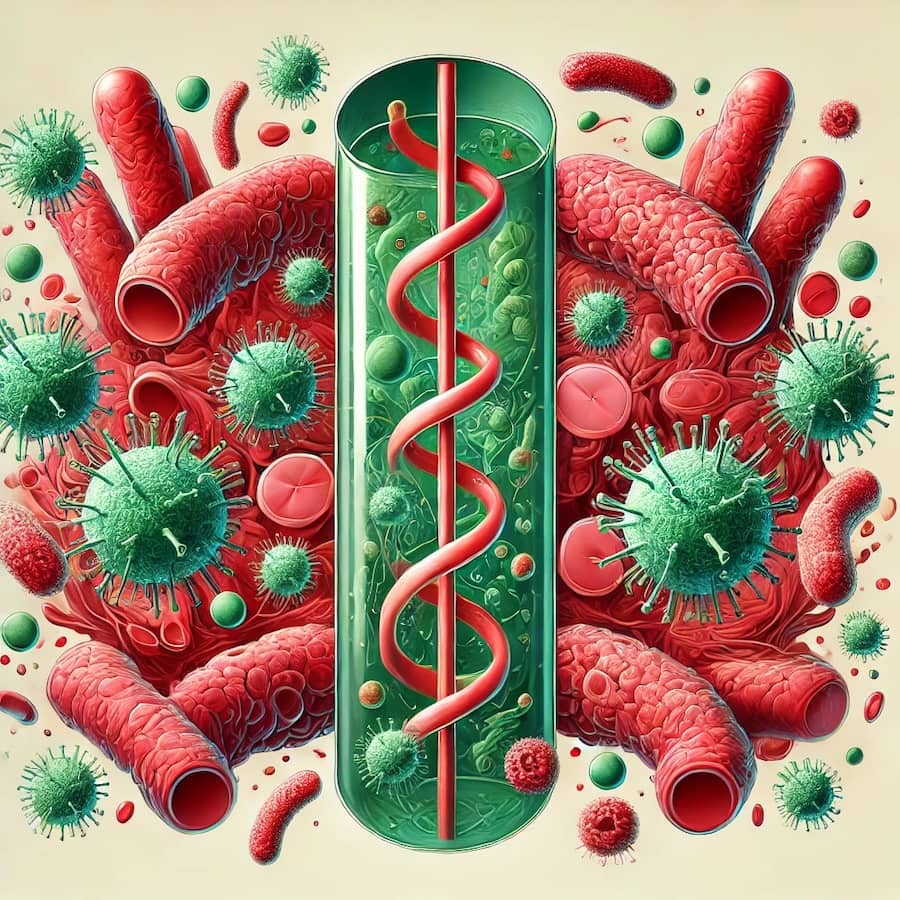Sexually Transmitted Diseases: What Can and Cannot Be Cured?
Sexually transmitted diseases (STDs) are a major global health concern. While some STDs can be completely cured with antibiotics, others require lifelong management. Understanding the differences between curable and incurable STDs is essential for prevention, early diagnosis, and effective treatment.
Curable STDs: What Infections Can Be Treated?
Several bacterial and parasitic STDs are curable with the appropriate medical treatment. These include:
1. Chlamydia
- Caused by Chlamydia trachomatis.
- Treated with antibiotics such as azithromycin or doxycycline.
- Untreated, it can lead to infertility or pelvic inflammatory disease.
- Learn more about chlamydia.
2. Gonorrhea
- Caused by Neisseria gonorrhoeae.
- Typically treated with ceftriaxone.
- Emerging antibiotic-resistant strains pose treatment challenges.
- Visit Shim Clinic for more information.
3. Syphilis
- Caused by Treponema pallidum.
- Treated with penicillin injections, especially in early stages.
- Advanced syphilis can affect the brain, heart, and nerves.
- More details on syphilis.
4. Trichomoniasis
- Caused by Trichomonas vaginalis.
- Treated with metronidazole or tinidazole.
- Often asymptomatic but can cause inflammation.
These bacterial and parasitic infections can be completely eradicated with the correct medical treatment. However, reinfection is possible if exposed again.
Incurable STDs: What Requires Lifelong Management?
Some STDs are caused by viruses and cannot be cured but can be managed with appropriate medical intervention.
1. HIV (Human Immunodeficiency Virus)
- No cure exists, but antiretroviral therapy (ART) helps control the virus.
- Preventive measures like HIV PrEP and HIV PEP reduce infection risks.
- Regular HIV testing is crucial for early detection.
- More about HIV treatment.
2. Herpes (HSV-1 & HSV-2)
- No cure, but antiviral medications (acyclovir, valacyclovir) help reduce outbreaks.
- Asymptomatic carriers can still spread the virus.
3. HPV (Human Papillomavirus)
- Some HPV types cause genital warts, while others lead to cervical cancer.
- The HPV vaccine helps prevent infection.
4. Hepatitis B
- No complete cure, but antiviral medications help manage the disease.
- The Hepatitis B vaccine prevents infection.
- Learn more about Hepatitis B.
The Growing Challenge of Antibiotic Resistance
A growing concern in STD treatment is the rise of antibiotic-resistant strains, particularly in gonorrhea. According to the World Health Organization (WHO), drug-resistant gonorrhea is increasing worldwide, making treatment more difficult.
- WHO advises dual therapy with ceftriaxone and azithromycin to slow resistance development.
- Research into new antibiotics and vaccines is ongoing.
New Research and Future Treatments
Ongoing research aims to develop better treatments for both curable and incurable STDs:
- HIV Cure Research: Scientists are exploring gene editing and immune system modifications (source).
- Herpes Vaccine: Clinical trials are testing new therapeutic vaccines (source).
- Chlamydia Vaccine: Early trials show promise for a preventive vaccine (source).
Preventing STDs: How to Stay Protected
Since some STDs have no cure, prevention is critical. Key strategies include:
- Using condoms consistently and correctly.
- Getting vaccinated (HPV, Hepatitis B).
- Regular STD screenings at a STD clinic.
- Seeking STD testing after unprotected sex.
Taking Control of Your Sexual Health: Managing and Preventing STDs
While many STDs are curable, some remain lifelong conditions. Advances in medicine continue to improve treatment options, but prevention remains the best strategy. Routine STD screenings and safe sex practices are essential in reducing transmission and ensuring long-term health.
For STD testing and medical advice, visit Shim Clinic.

